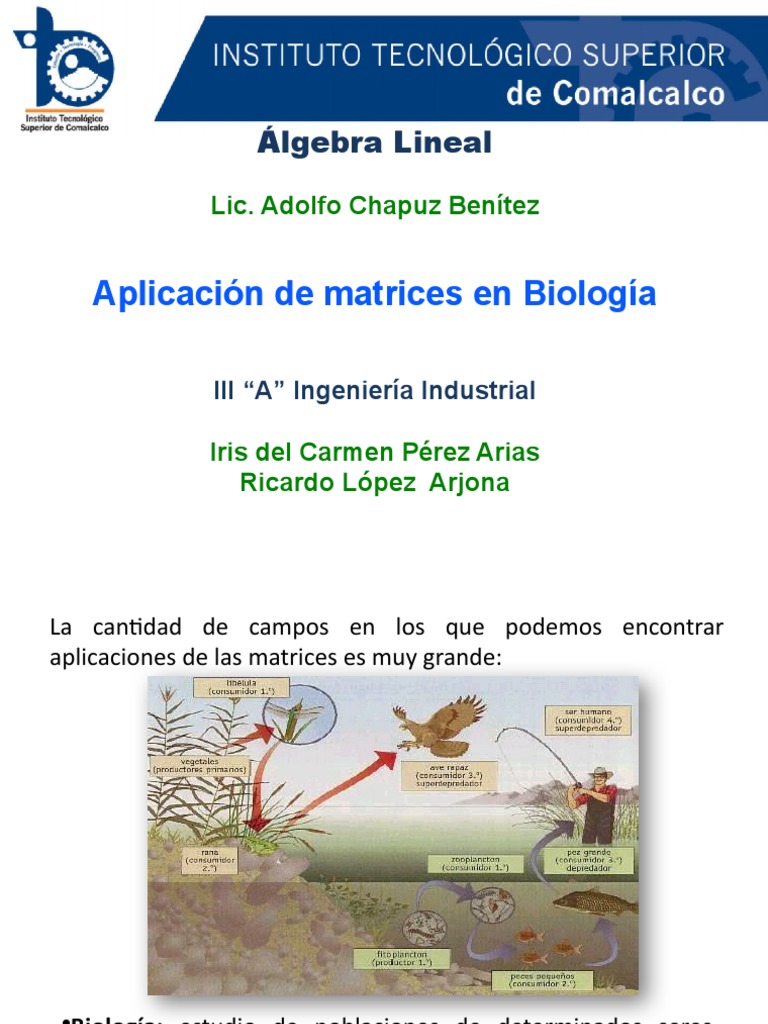Matrices have traversed far beyond mere numerical arrays, permeating the intricate realm of chemistry. Much like the interwoven strands of DNA, they serve as pivotal structures that organize, manipulate, and elucidate complex data. In the multifaceted world of chemistry, matrices fulfill essential roles that contribute not only to theoretical understanding but also to practical applications across various subfields. This article seeks to explore the diverse utilizations of matrices in chemistry, highlighting their significance and allure through various intriguing lenses.
One of the foremost applications of matrices in chemistry is in the domain of quantum mechanics. The mathematical machinery of quantum theory often utilizes matrices to represent observables—quantities such as position, momentum, and energy. In this context, matrices function analogously to a sophisticated language, capable of articulating the abstract principles that govern atomic behavior. For instance, the quantum state of a system can be represented as a vector in a complex vector space, while observables like the Hamiltonian operator are expressed in matrix form. The intertwined relationship between states and these mathematical constructs brings forth a deeper understanding of molecular interactions and spectroscopic phenomena.
Furthermore, matrix algebra is pivotal in the study of chemical kinetics, the branch of chemistry that examines the rates of chemical reactions. Rate equations, which describe how reactant concentrations change over time, can be organized into a matrix format for ease of analysis. By employing techniques such as eigenvalue decomposition, chemists can ascertain reaction rates and mechanisms with remarkable efficiency. The use of matrices not only simplifies complex calculations but also provides insight into the dynamic nature of reaction networks, where countless variables collide and interact, akin to dancers in a carefully choreographed ballet.
In the realm of molecular modeling, matrices are indispensable tools. Computational chemistry leverages sophisticated algorithms that rely on matrix representations of molecular geometries and interactions. For example, the Schrödinger equation, a cornerstone of quantum chemistry, is often solved using numerical methods that entail the discretization of differential equations into matrix forms. These matrices allow computational chemists to simulate molecular behaviors, predict reaction pathways, and visualize potential energy surfaces. Each atom’s position and interaction can be viewed through a mathematical prism, revealing landscapes of energy and stability that influence chemical behavior.
Moreover, matrices facilitate the analysis of spectroscopic data, allowing chemists to extract pertinent information from complex signals. Techniques such as nuclear magnetic resonance (NMR) spectroscopy and mass spectrometry generate vast arrays of data that necessitate meticulous organization and interpretation. By employing matrix techniques, chemists can reduce noise, enhance signal detection, and elucidate molecular structures. The application of principal component analysis, for example, enables chemists to distill the essence of their data, extracting underlying trends and patterns that would otherwise remain obscured in a sea of information.
The interplay between matrices and graph theory also warrants attention in the chemical arts. Chemists often model molecular structures and reactions as graphs, wherein vertices represent atoms and edges denote bonds. The conversion of these graphs into adjacency matrices allows for straightforward calculations of molecular properties and dynamic behaviors. By employing algorithms derived from graph theory, researchers can predict the reactivity and stability of molecular entities, unveiling connections between molecular architecture and chemical properties. This realm of analysis resonates with the patterns found in nature, where every bond tells a story of connectivity and functionality.
Another fascinating application of matrices arises in the field of environmental chemistry. Researchers studying pollutant transport and transformation frequently employ matrix models to simulate the dynamic behaviors of contaminants in environmental systems. Through the formulation of compartment models, which encapsulate various environmental media, matrices enable a quantitative assessment of pollutant fate and transport mechanisms. This modeling approach is akin to tracing the tributaries of a vast river system, where understanding the flow of contaminants is vital for environmental protection and remediation strategies.
In addition to their applications in data analysis and simulations, matrices also find utility in the burgeoning field of metabolomics. The intricate network of metabolic reactions within living organisms can be analyzed through matrix representations, allowing researchers to decipher the complex relationships between metabolites. By employing multivariate statistical techniques, such as hierarchical clustering and partial least squares regression, chemists can extract biologically relevant patterns from metabolomic data, contributing invaluable insights into metabolic pathways and their perturbations in disease states.
Lastly, the educational aspect of matrices in chemistry should not be overlooked. As students embark on their journey through the realms of chemistry, the introduction of matrices provides a gateway to understanding complex concepts. Matrices, with their elegance and structural integrity, serve as tangible tools that instill critical thinking and problem-solving skills. In this light, they epitomize the beauty of mathematics, illustrating how numerical patterns can elucidate the mysteries of the chemical universe.
In conclusion, the diverse applications of matrices in chemistry are emblematic of their transformative potential. From unlocking the secrets of quantum mechanics to elucidating molecular structures and interactions, matrices serve as essential tools that navigate the intricate web of chemical phenomena. As chemists continue to explore the interplay of structure and function, the allure of matrices remains unwavering—beautiful in their complexity, yet simple in their utility. The future of chemistry beckons with promises of discovery, and matrices will invariably play an integral role in illuminating the path forward.












